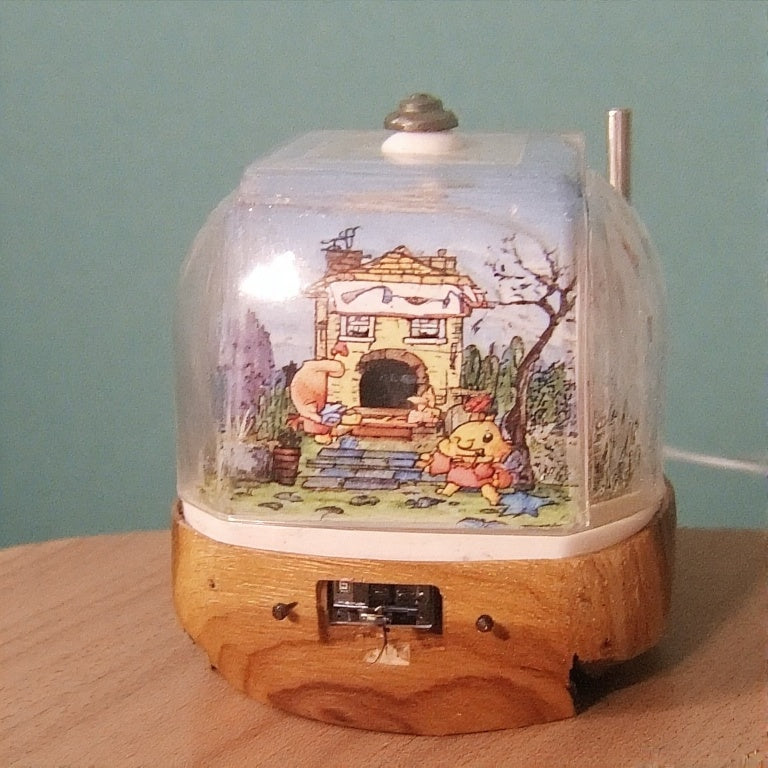
What's Inside a Music Box? Exploring the Magic Behind Its Mechanisms
Share
Music boxes have long fascinated both children and adults with their enchanting melodies and nostalgic charm. But have you ever wondered what exactly makes a music box produce its beautiful tunes? Let’s take a closer look at the intricate inner workings of a typical music box and uncover the components that bring these musical marvels to life.
The Main Components of a Music Box
1. Casing and Cover
- The outer shell protects the delicate internal parts and often features decorative designs, carvings, or inlays that enhance its aesthetic appeal.
2. Cylinder or Disc
- Cylinder: Traditionally, most classic music boxes use a small metal cylinder covered with tiny, precisely placed pins. As the cylinder rotates, these pins pluck the tuned teeth of the comb to produce musical notes.
- Disc: Some modern or specialized music boxes use a metal disc instead of a cylinder, which operates on a similar principle.
3. Comb
- The heart of the music box’s sound production, the comb consists of multiple metal teeth or tines of varying lengths. Each tine is tuned to a specific pitch, and when plucked, it vibrates to create a musical note.
4. Spring Motor
- This is the power source of the music box. A wound-up mainspring stores potential energy, which is gradually released to turn the cylinder or disc at a controlled speed. The winding key or lever is used to tighten the spring.
5. Gearing System
- The gears connect the spring motor to the cylinder and regulate its rotation speed. This ensures the melody plays smoothly and at the correct tempo.
6. Pin or Tooth Placements
- Tiny pins or protrusions are strategically placed on the cylinder or disc. Their arrangement determines the sequence of notes played, effectively encoding the melody.
7. Governor or Speed Regulator
- Some music boxes include a small mechanism to control the rotation speed, ensuring consistent playback regardless of winding tension.
8. Sound Chamber or Resonator
- Many music boxes incorporate a resonator or sound chamber that amplifies the vibrations of the comb, enriching the tone and volume of the melody.
How It All Comes Together
When you wind up the spring motor, potential energy is stored. Releasing this energy turns the cylinder or disc, causing the pins to pluck the corresponding teeth on the comb. As each tooth vibrates, it produces a musical note. The combination of these vibrations creates the melody you hear. The gears ensure the rotation is steady, while the resonator amplifies the sound, resulting in the charming tunes that have captivated audiences for centuries.
Modern Variations
While traditional music boxes rely on mechanical parts, contemporary versions sometimes incorporate electronic components, such as speakers and digital memory, to emulate classic melodies or produce new ones. However, the classic mechanical design remains a testament to craftsmanship and engineering ingenuity.
Conclusion
A music box’s enchanting sound is the product of a beautifully orchestrated interplay of mechanical parts. From the tuned teeth of the comb to the tiny pins on the rotating cylinder, each component plays a vital role in transforming stored energy into a delightful melody. Next time you listen to a music box, take a moment to appreciate the intricate engineering and timeless craftsmanship hidden inside this small but captivating device.
